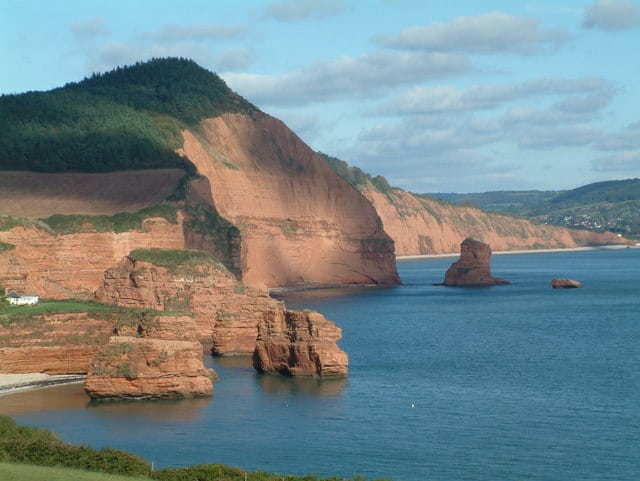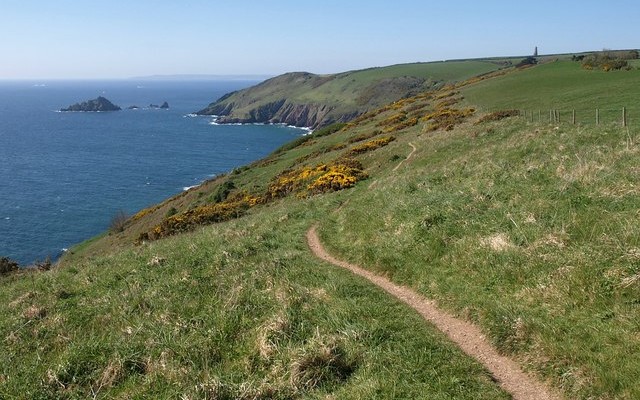Interesting information
Towards the south-west of the Bay can be seen some pale pipes in the sandstone, a visual echo through time of the roots of plants that managed to survive in the dry Triassic conditions. Within the cliffs below High Peak and Chit Rocks at Sidmouth a number of very rare fossils of Triassic fish, reptiles and amphibians have been found.
At Windgate Cliffs you can head inland to visit Peak Hill and Mutter’s Moor. These sites overlay an interesting geology in their own right. For example, Peak Hill is underlain by flint gravel that was probably left behind following the solution of an original cover of chalk during the early Tertiary period. These sites also make a pleasing diversion for their wildlife and views, with areas of heath and woodland to be enjoyed.
This stretch of coastline is part of a designated Area of Outstanding Natural Beauty, Site of Special Scientific Interest and World Heritage Site.

